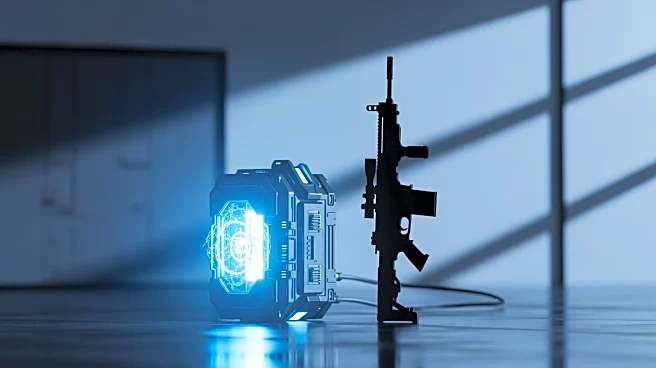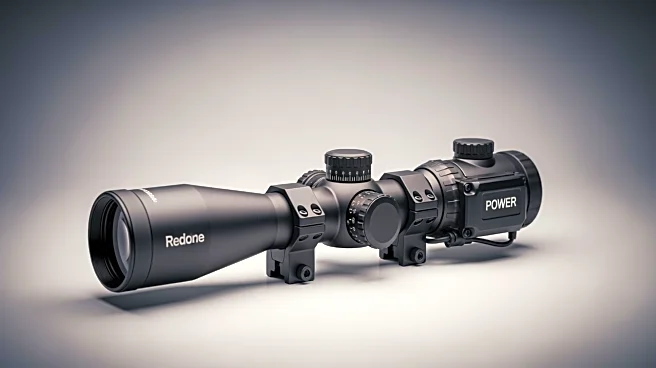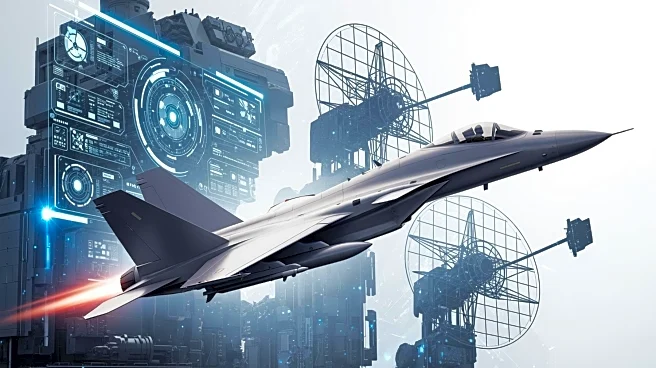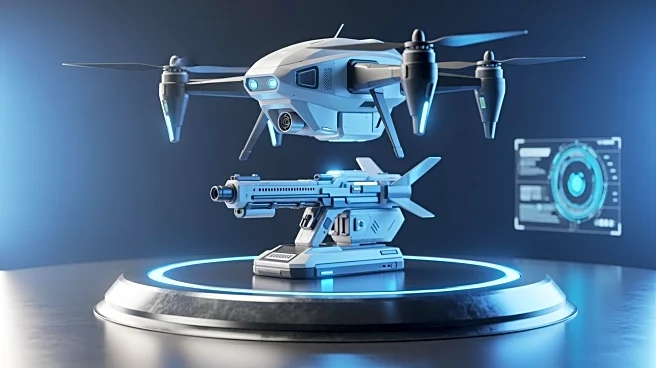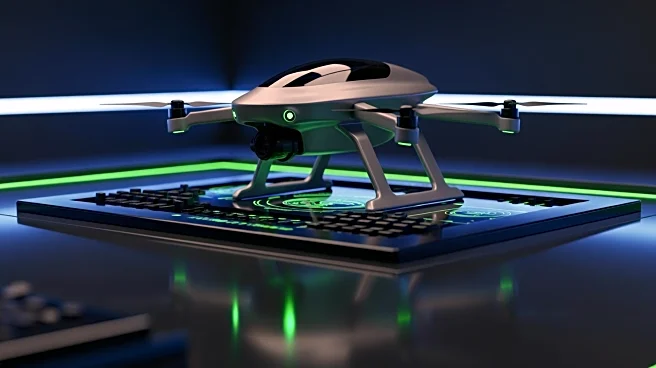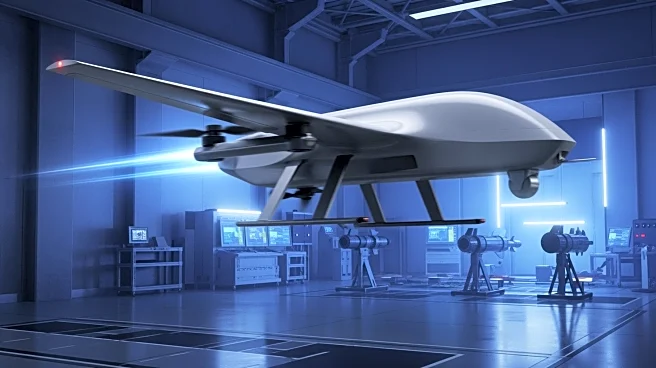What's Happening?
Israel Weapon Industries (IWI) has introduced a new energy system called 'Boost' designed to transform AR-15/M4 rifles into self-sustaining tactical power hubs. The Boost module, weighing less than 340
grams, is integrated into the rifle's butt-stock, providing continuous power for energy-dependent devices such as thermal sights, night-vision devices, and laser designators. This innovation replaces the need for disposable batteries, significantly extending the operational runtime of these devices. According to an official from SK Group, the parent company of IWI, the Boost system can multiply the life of regular batteries by three to five times. The system is already in military use, although specific details were not disclosed. IWI is promoting the Boost system to Asia-Pacific operators and Western markets, emphasizing its ability to meet the demands of sustained, electronics-intensive operations.
Why It's Important?
The introduction of the Boost system by IWI represents a significant advancement in military technology, particularly in enhancing the operational efficiency of soldiers using AR-15/M4 rifles. By providing a reliable power source for electronic devices, the system reduces the logistical burden of carrying multiple batteries, thereby lightening the soldiers' load and potentially increasing their mobility and effectiveness in the field. This development could influence military procurement decisions, as forces seek to equip their personnel with technology that enhances operational capabilities while minimizing logistical challenges. The Boost system's ability to provide uninterrupted power delivery even when the primary battery is depleted ensures that soldiers can maintain their tactical advantage in critical situations.
What's Next?
IWI's promotion of the Boost system to Asia-Pacific and Western markets suggests a strategic expansion of its customer base, potentially leading to increased adoption of the technology by military forces globally. As the system gains traction, it may prompt other defense manufacturers to develop similar technologies, fostering innovation in the field of military electronics. Additionally, military forces that adopt the Boost system may need to adjust their training and operational protocols to fully leverage the capabilities of the new technology. The ongoing deployment and feedback from military users will likely influence further refinements and enhancements to the system.
Beyond the Headlines
The Boost system's ability to integrate seamlessly into existing rifle designs without altering handling or firing ergonomics highlights the importance of user-centered design in military technology. This approach ensures that technological advancements do not compromise the fundamental usability of weapons, which is crucial for maintaining effectiveness in combat situations. Furthermore, the system's development reflects a broader trend in the defense industry towards creating more sustainable and efficient solutions that reduce reliance on disposable components, aligning with global efforts to minimize environmental impact.
